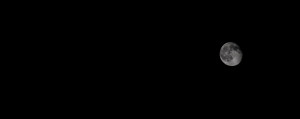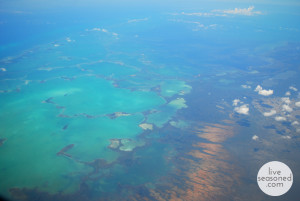
Like the Cure Salée, the festival held in the High Atlas town of Imilchil is all about livestock and finding a partner. The most famous example of 600-plus moussems, the event is a homecoming celebration for herders who have spent the summer taking advantage of grazing grounds. The cattle fair adds to the chaos created by souqs (markets) and nomadic campgrounds, which look as striking as the surrounding mountains.
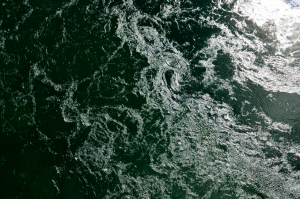
Situated near Africa’s southernmost tip, Hermanus has a front-row view of the Cape Whale Route. During migrating season, people flock to the clifftops to glimpse the endangered southern right whale. Given that it overlooks Walker Bay, into which 70 whales have squeezed, the town once took its blubber-related fortune for granted. In an attempt to formalise the clifftop viewing, it started its festival and introduced the Whale Crier. The world’s only such crier, his blasts on the kelp horn are coded to direct eager cetacean-spotters.
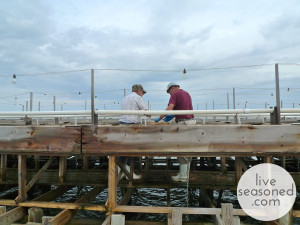
The Galway Oyster Festival is dedicated to Ostrea edulis, the European flat oyster. The local molluscs are left to grow for three years in the clean waters of Brandon Bay and Clarenbridge, blooming into a juicy delicacy. Tens of thousands of the slippery critters are consumed on the Guinness Oyster Trail, on which 30 pubs give out free trays of the seafood with pints of the dark stuff.
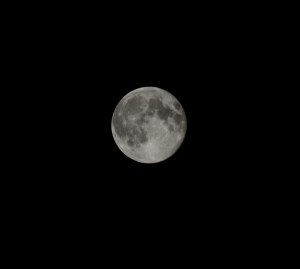
The moon’s penumbral shadow will fall over much of North America as well as extreme eastern Siberia, producing a partial solar eclipse.
If you’re reading from M’Clintock Channel, an arm of the Arctic Ocean which divides Victoria Island from Prince of Wales Island in the Territory of Nunavut, Canada, you’ll see more than 80 percent of the sun’s diameter covered by the moon! The rest of North America will see less of the sun covered, but it’s still worth a trip outside to watch. The Pacific Northwest and the Northern Plains will witness more than 60 percent of the sun’s diameter eclipsed. Across the Ohio, Tennessee and Mississippi valleys, the maximum eclipse will coincide with sunset, while farther to the east, the moon will only begin its encroachment onto the sun’s disk as it sets.

